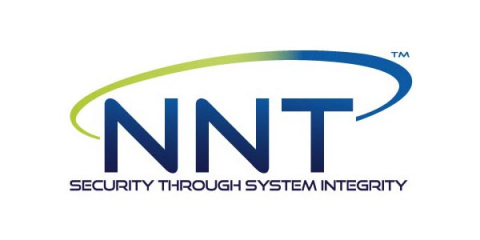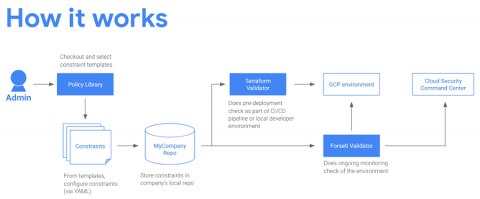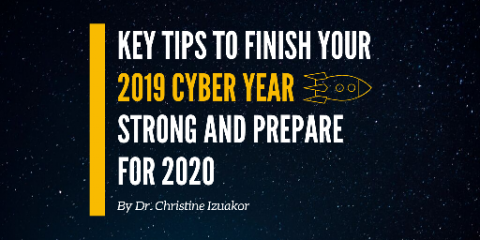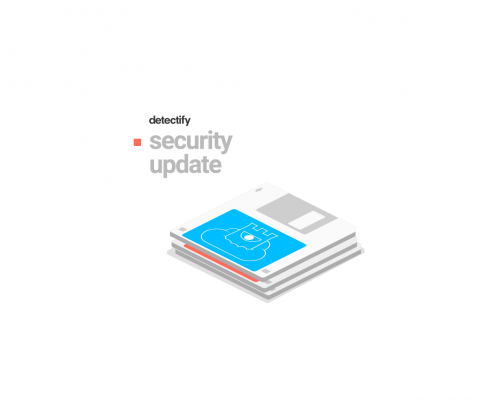Survey: 93% of ICS Pros Fear Digital Attacks Will Affect Operations
Digital attackers are increasingly targeting industrial environments these days. Take manufacturing organizations, for instance. Back in late-August, FortiGuard Labs discovered a malspam campaign that had targeted a large U.S. manufacturing company with a variant of the LokiBot infostealer family. It wasn’t long thereafter when Bloomberg reported on the efforts of bad actors to target Airbus by infiltrating its suppliers’ networks.








